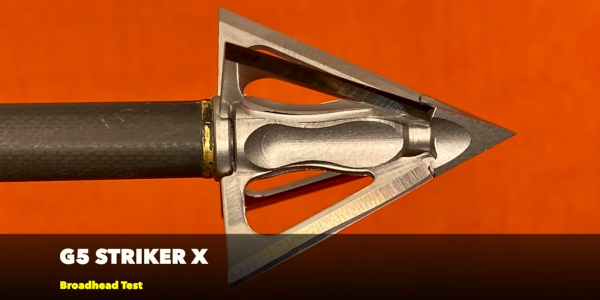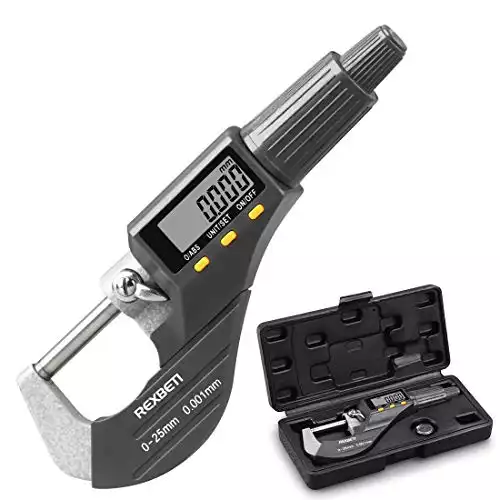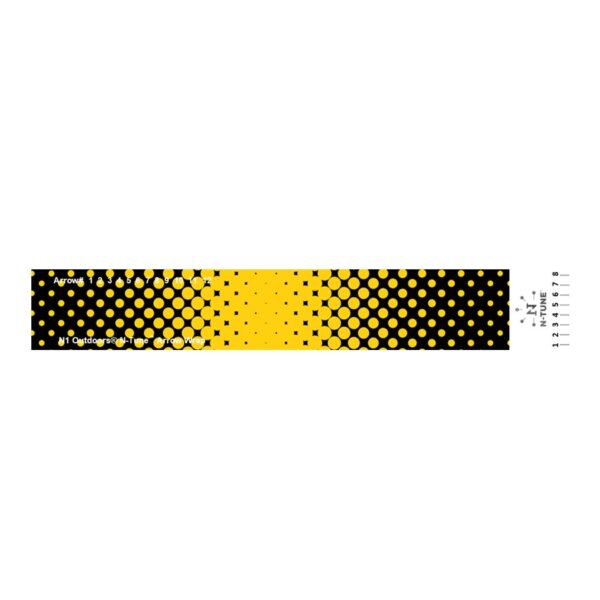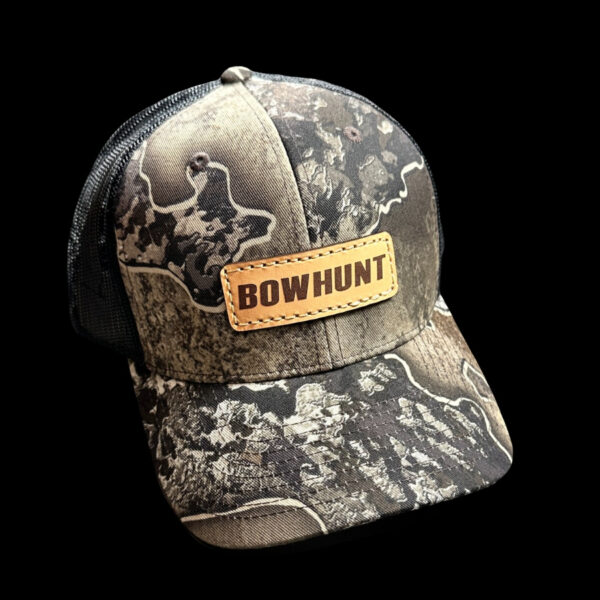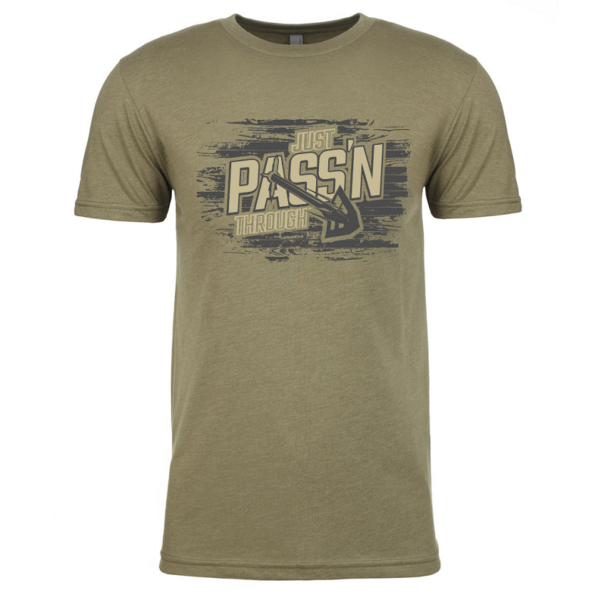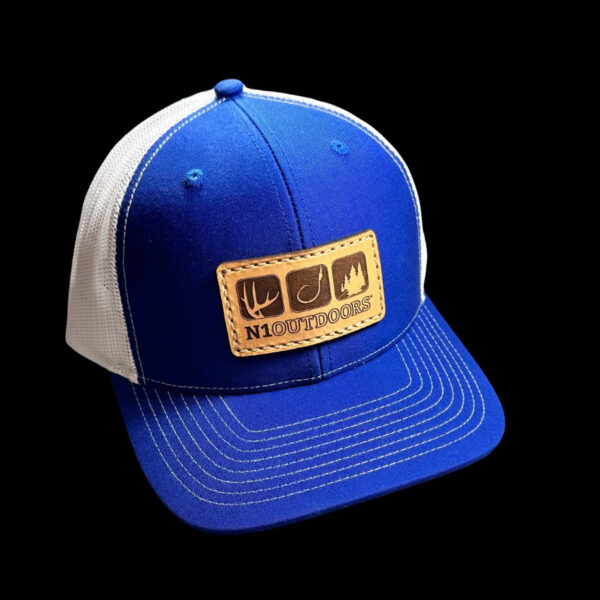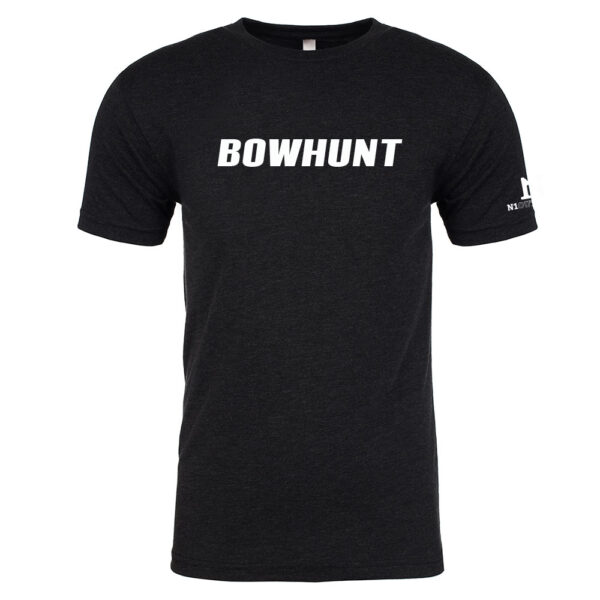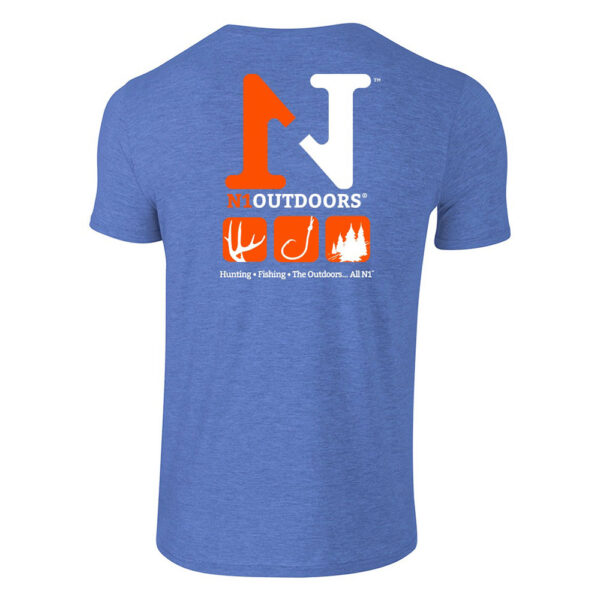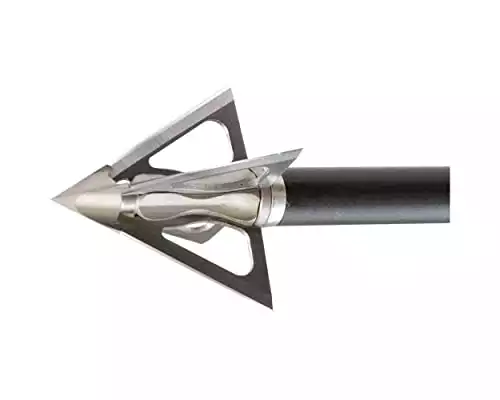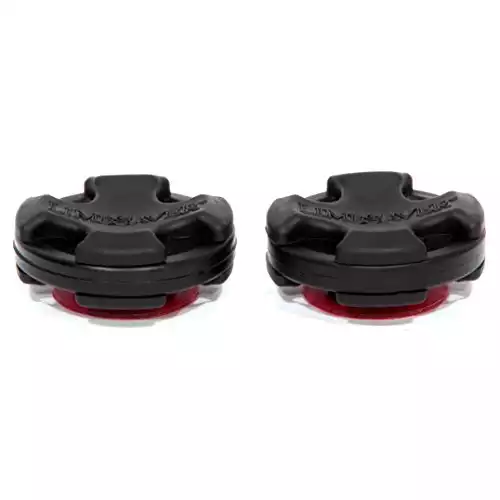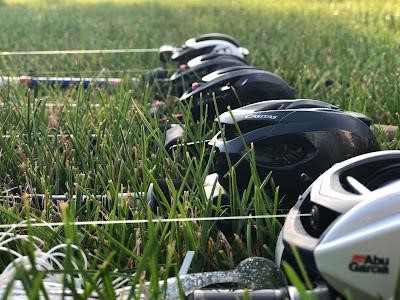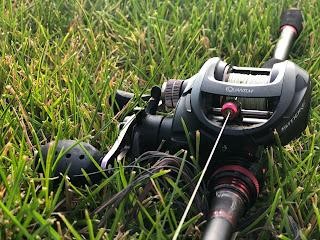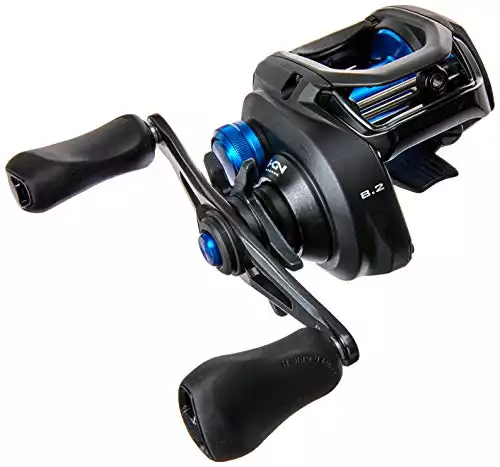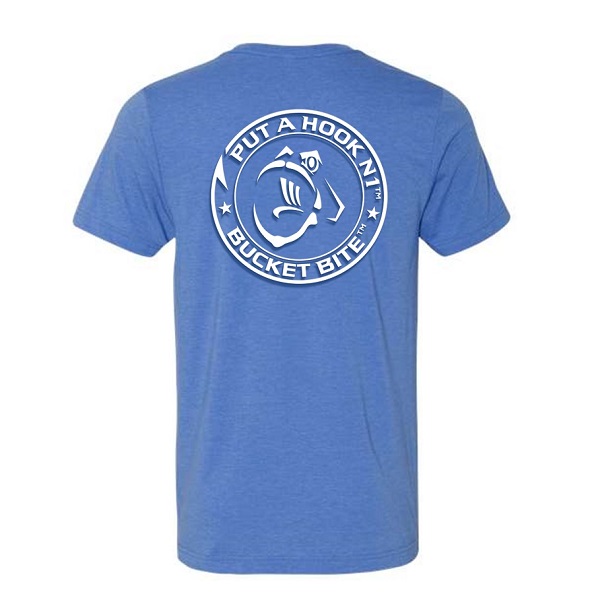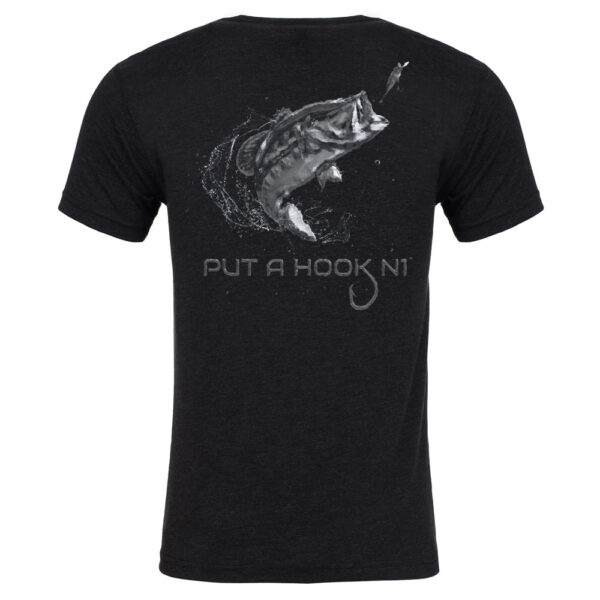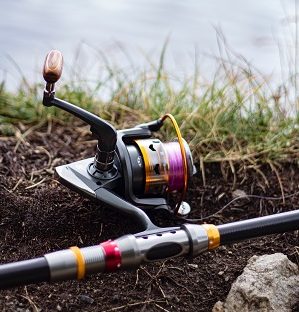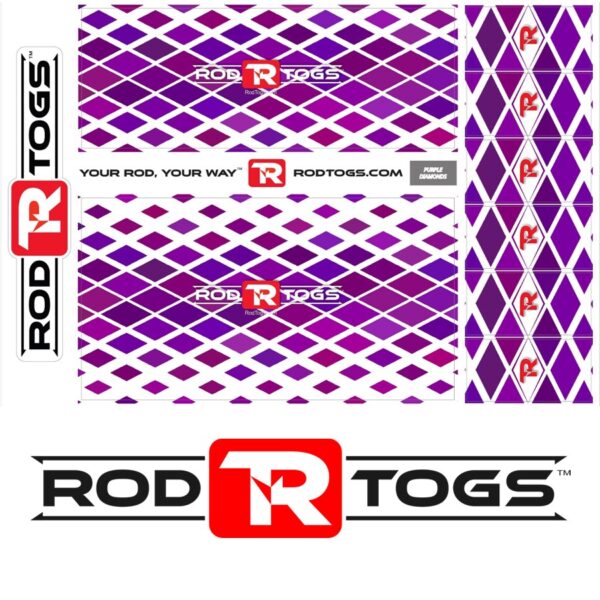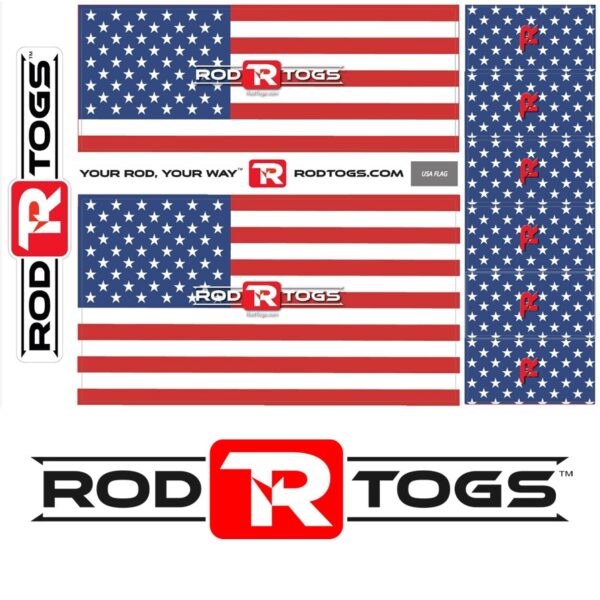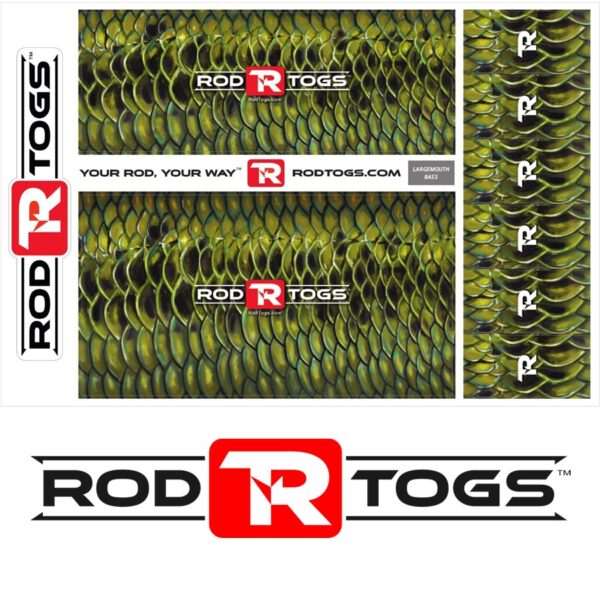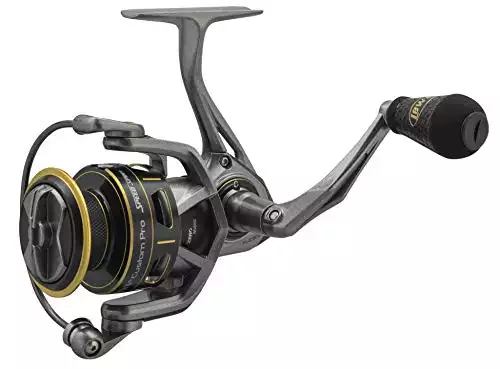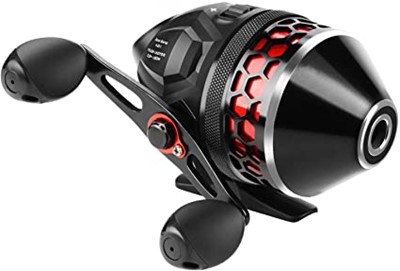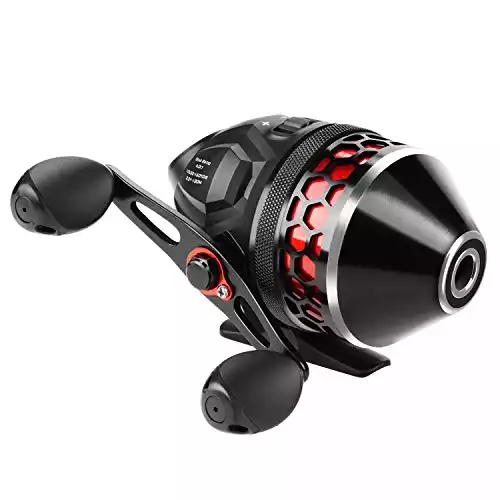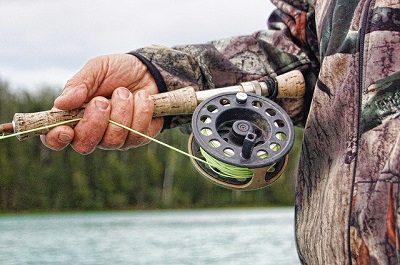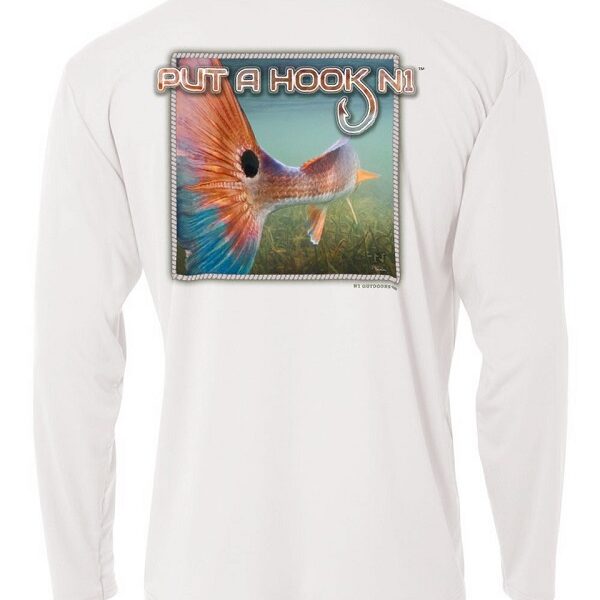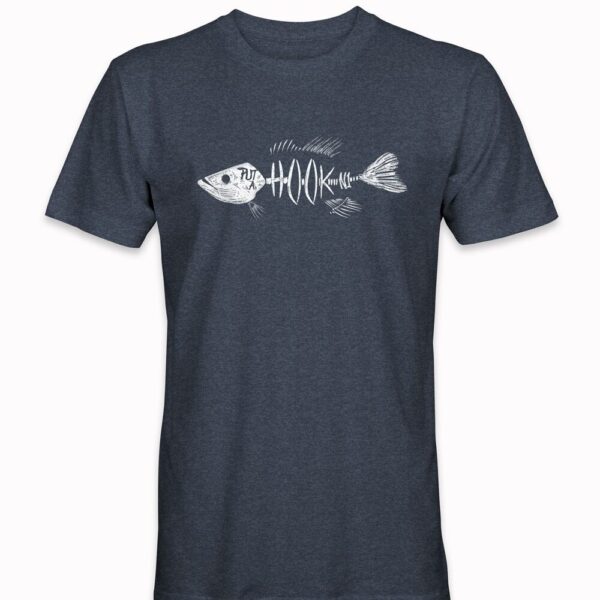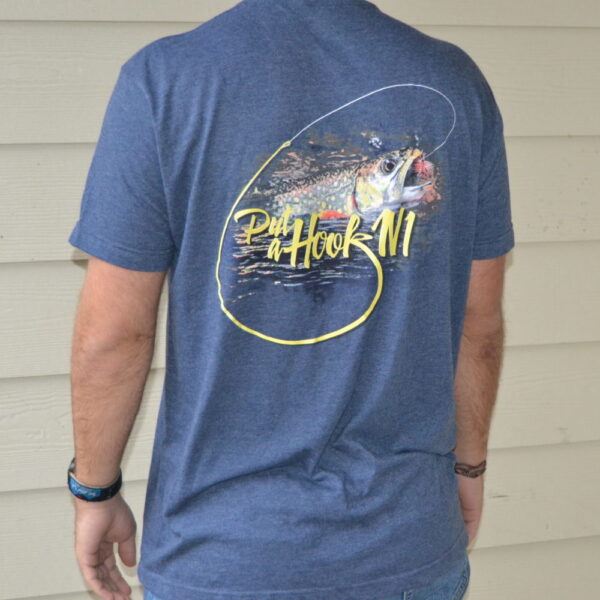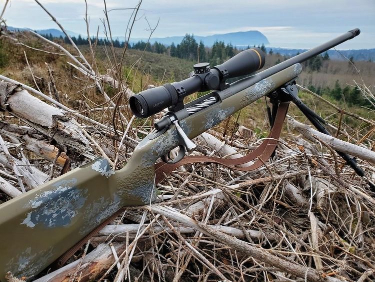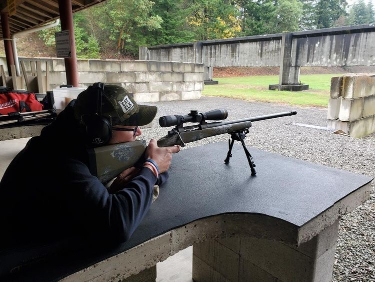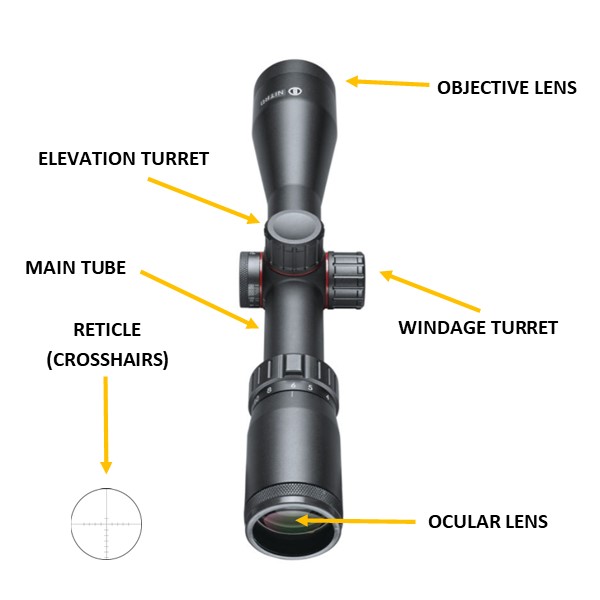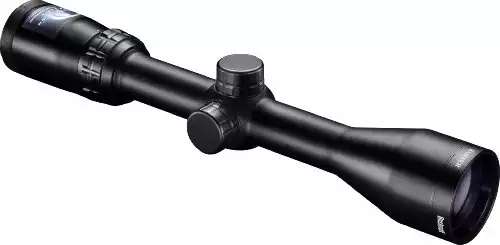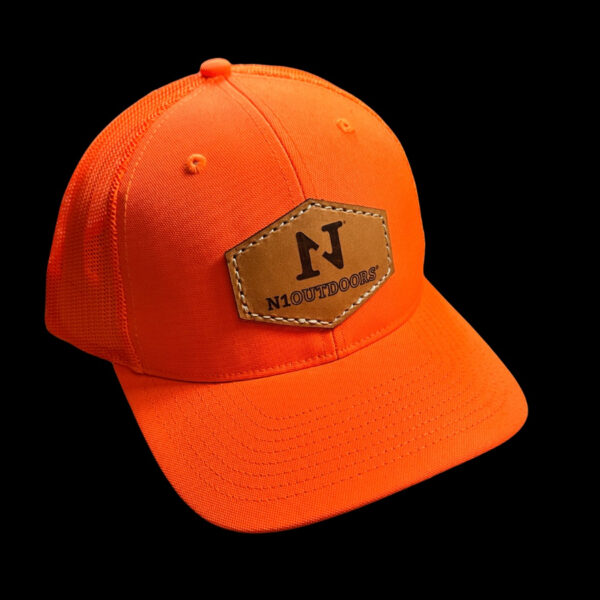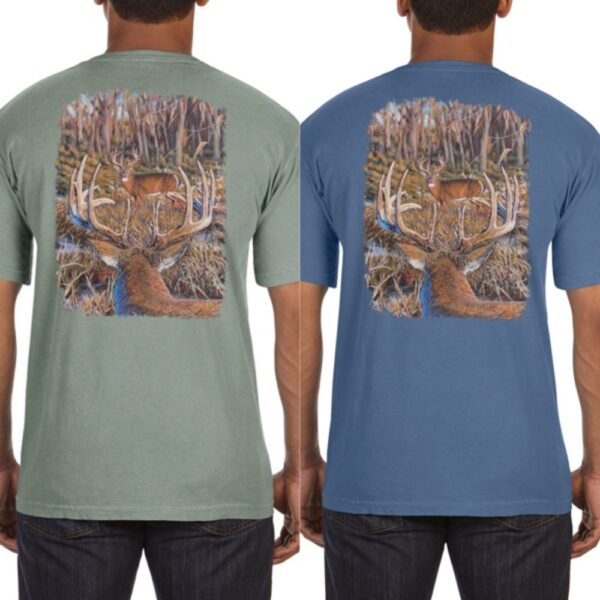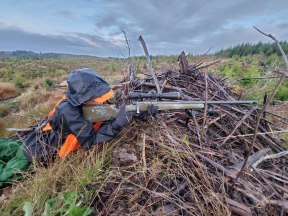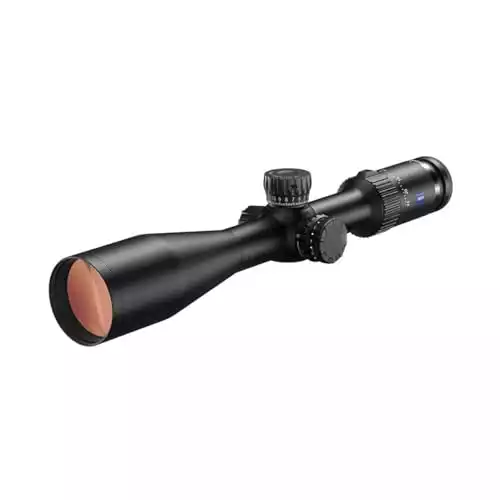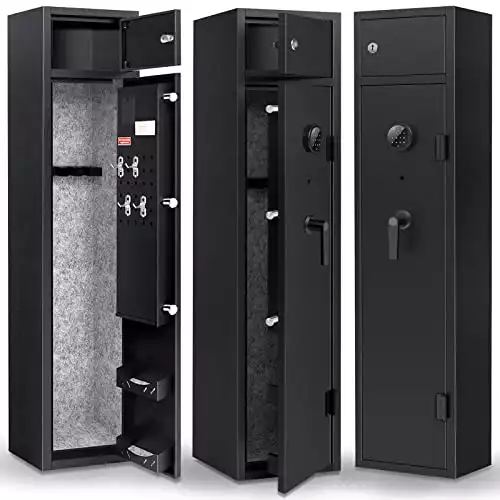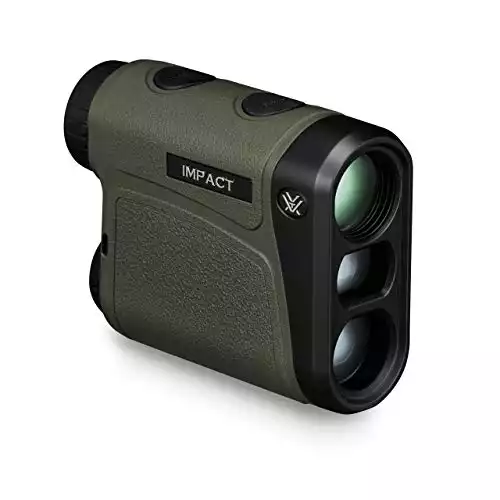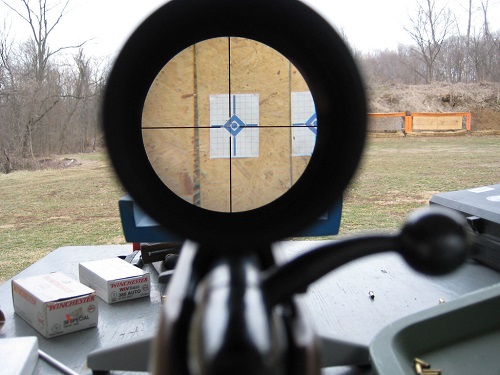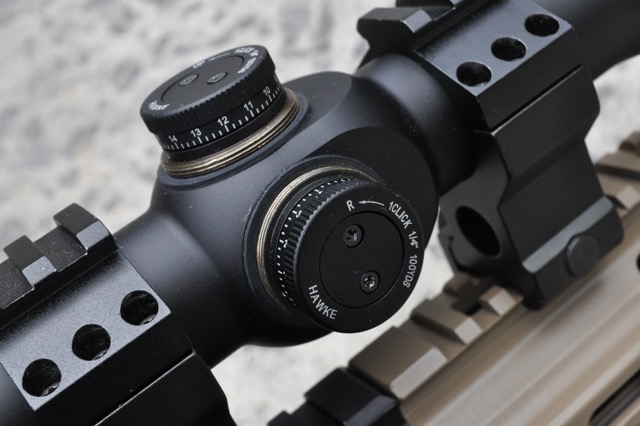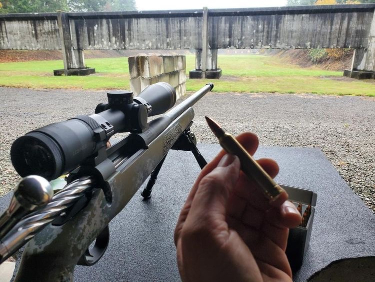Thanks for checking out my review of the G5 Striker X broadhead.
In this review, thanks to a friend who sent me a test pack, I tested a really popular broadhead that I’ve gotten a lot of requests about. I hope this review is of benefit to the bowhunting community!
The G5 Striker X Up Close…
Let’s take a close look at the G5 Striker X.
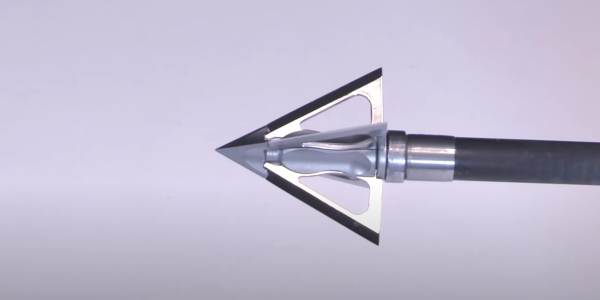
The G5 Striker X is all-steel construction with a steel ferrule, steel tip, and steel replaceable blades. By my measurements, the blades are 0.032 inches thick based on the measurements with my micrometer.
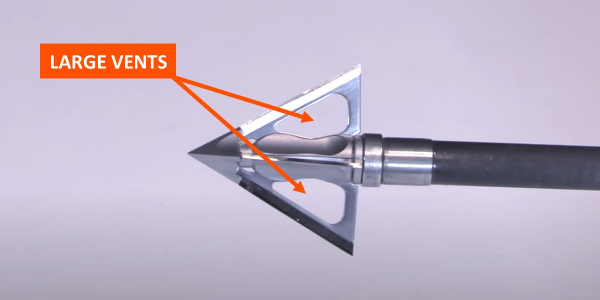
You’ll notice that the blades of the Striker X are fairly vented. That’s going to make them probably a little bit loud in flight, which doesn’t really bother me in a broadhead. Arrow noise has really never bothered me and I’ve taken animals all over the world.
The fact that the blades of the Striker X are so vented could spell problems for durability, so we’ll dive into that in our testing.
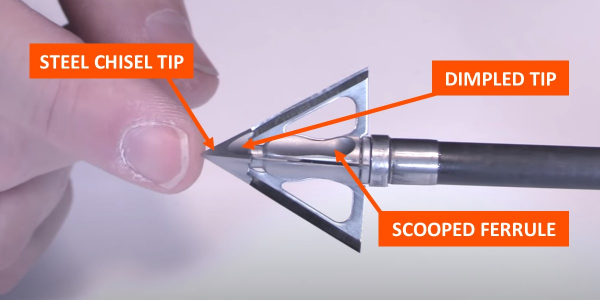
Notice the dimple and the “scooped” ferrule on the Striker X broadhead.
Now, the tip of the Striker X is a really stout, all-steel chiseled tip. It’s not as sharp as some chiseled tips like the Grim Reapers, which are super sharp, or the QAD Exodus heads. However, the Striker X has just got a decent edge to its tip, it’s just not really that sharp.
It has a dimple that begins like a scoop, begins at the back of the tip and then goes down the ferrule. That’s going to aid in penetration and aid in flight as well. It makes it a bit more streamlined and aerodynamic.
G5 Striker X Testing
I was really eager to put the G5 Striker X boadheads through a battery of tests. Let’s see how they performed!
As always, I’m using my Bowtech SR6 set at 72 pounds and Bishop FOC King arrows at 460 grains. Let’s see how the Striker X performed!
Flight Test
In the flight test, I shot the Striker X heads from 40 yards. First, I shot a field point, and then two of the heads for comparison.
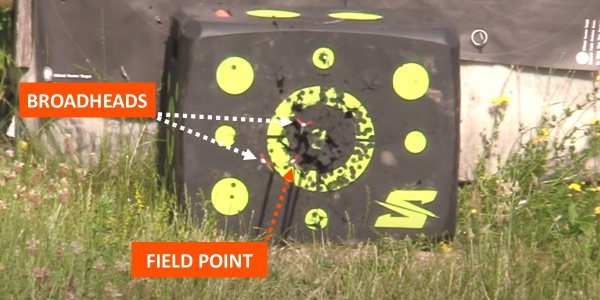
Here you can see the results of the flight test (one field point and two broadheads to compare.
Out-Of-The-Box Sharpness Test
Initial sharpness reading of the Striker X out of the box was 125.
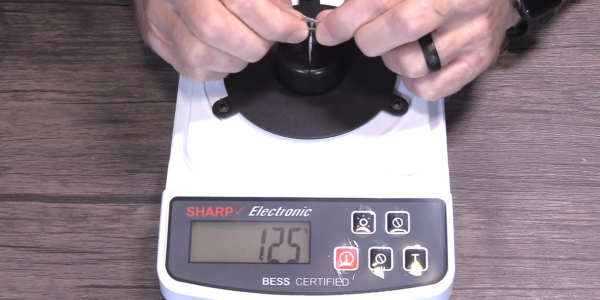
Here was the out-of-the-box sharpness test reading.
Ballistic Gel Penetration Test
I shot the Striker X into ballistic gel that was fronted with a 2/3″ foam matting and 1/2″ MDF.
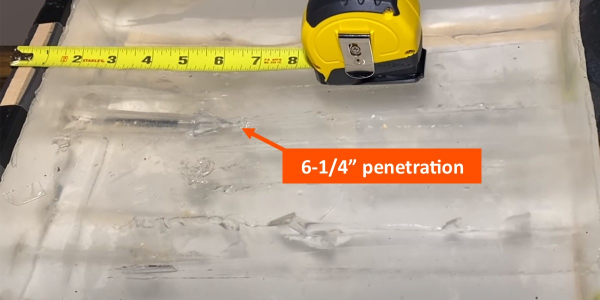
The Striker X penetrated 6-1/4 inches into the ballistic gel.
Edge Retention Test
After the ballsistic gel test, I checked the sharpness of the head again to see how well it held its edge.

After the ballistic gel penetration test, the Striker X had a sharpness reading of 200.
Layered Cardboard Penetration Test
I shot the Striker X into layered cardboard to see how many it could penetrate.
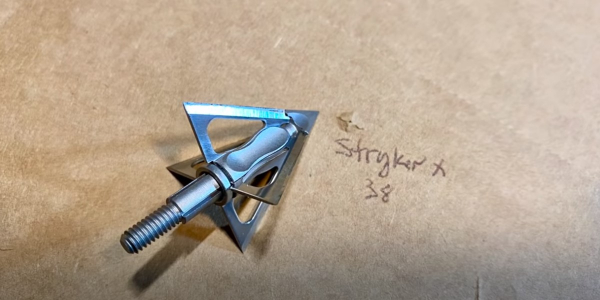
The Striker X penetrated through 38 layers of cardboard.
Steel Plate Durability Test
Next, I shot the Striker X into a steel plate 5 times. On the fifth shot, this happened…
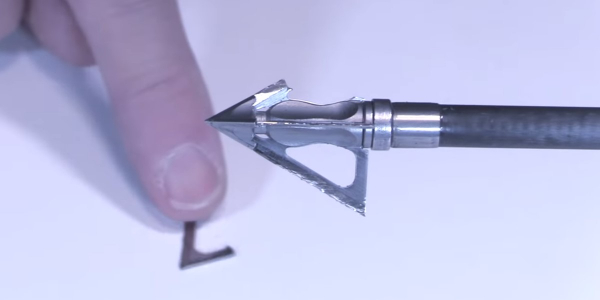
The fifth shot was the charm… I mean, the HARM to the Striker X.
So, as you can see above the head held together through four shots through the steel plate. The blades are pretty vented, and so that’s where that weakness comes from.
To make the weight of having 4 blades, they have to be relatively thin and relatively vented. But again, they held together through four shots. And the tip got a little bit blunted, but it actually held together very well. It was still in good enough shape to sharpen out and use again.
The blades experienced quite a bit of edge chatter after the first shot. The chatter then increased with each subsequent shot.
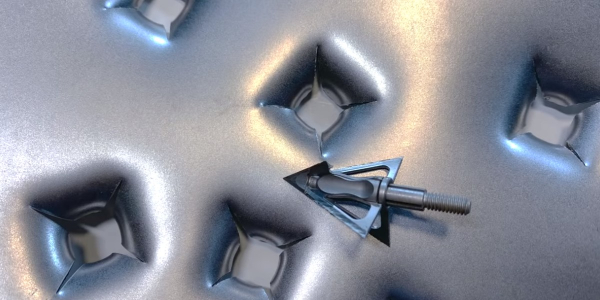
Here, you can see the wound channel in the steel plate and you can see that square hole in the middle and then the four slits coming off of it. Now, there’s other 4-blade broadheads that make a better square hole than this. This is more of like the hole within the slits rather than a bigger square. So it’s a decent wound channel but there are other broadheads that make a better wound channel with the same cutting diameter.
So, after this test, these blades are not reusable. You would have to file away way too much in order to use them again. It held together better than some, not as well as others.
The head did still spin true, though. So, the ferrule didn’t bend, which is a by-product of that all-steel construction.
Zero Penetration Test | Cinder Block
Finally, I shot the head into a cinder block…
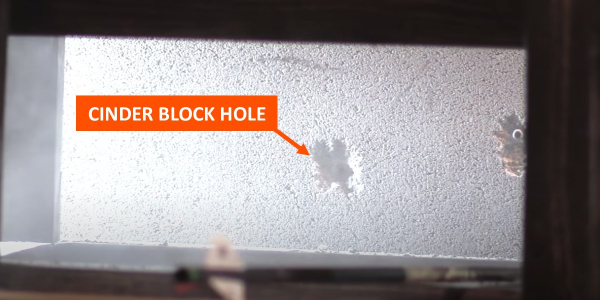
Here’s a look at the hole the Striker X put in the cinder block.
How about a shout-out to the Bishop FAD Eliminator Arrows? I’ve lost count how many times I’ve shot this one arrow into concrete!
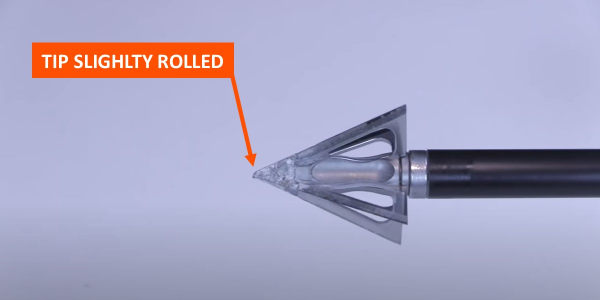
Here’s the head after impact in the concrete, spins extremely well. The only damage you can see is that the tip got a little bit rolled over, a little bit curled there and blunted on the end. The edges of the tip, they got blunted as well, but they held up well and the structural integrity of the head is just fantastic.
Final Thoughts and Score Cards On Striker X Broadheads
So what do you think of the Striker X?
It performed pretty much as I expected. It was just pretty average to be honest.
Now, the cut size is above average. The sharpness was above average. And, the way it held up to zero penetration test in the concrete was above average.
But, the blade durability, the edge retention through the steel plate, and the penetration… those things were about average or below average, honestly.
If you compare this head to say, Tooth of the Arrow XL, it’s just not close.
So, if you compare it to some other similar heads in the market, it just doesn’t stack up. So, I’d say they’re a decent choice. It’s a good average head and it will get the job done.
If you’re a big fan, more power to you. But I think there are better choices out there.
Good luck out there bowhunting!
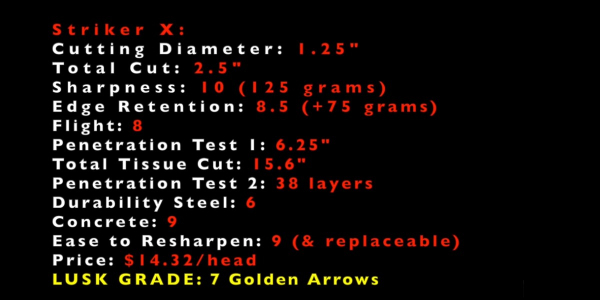
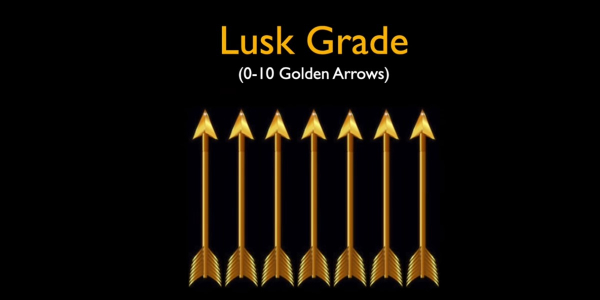
Be sure to check out all our bowhunting shirts!


